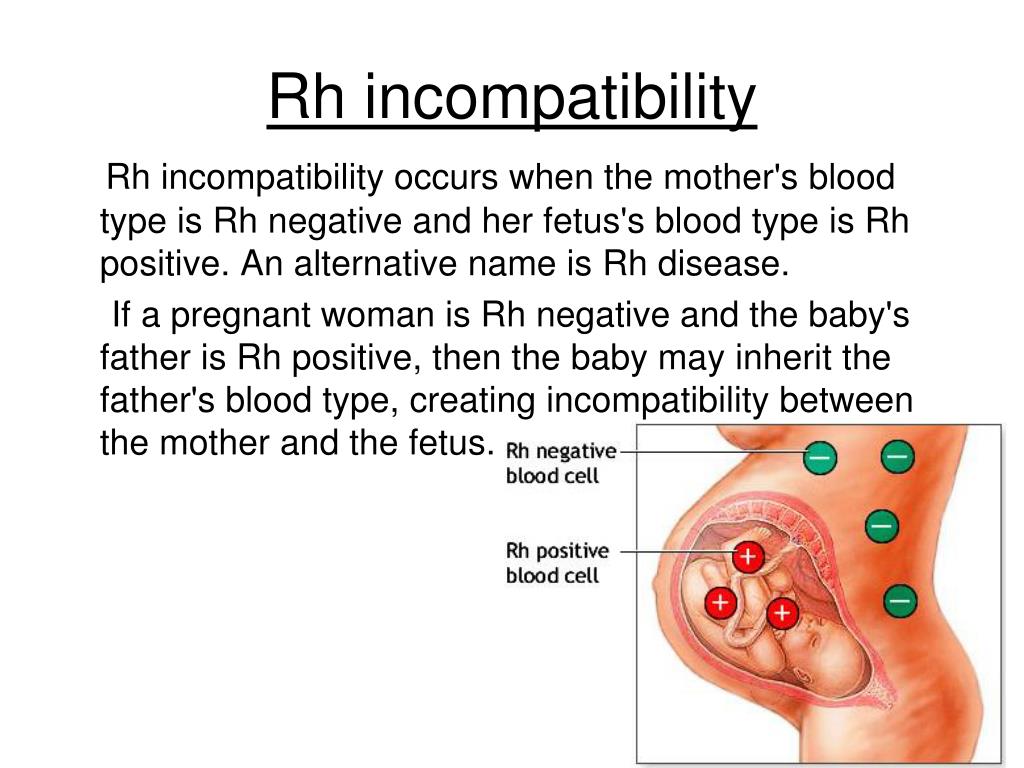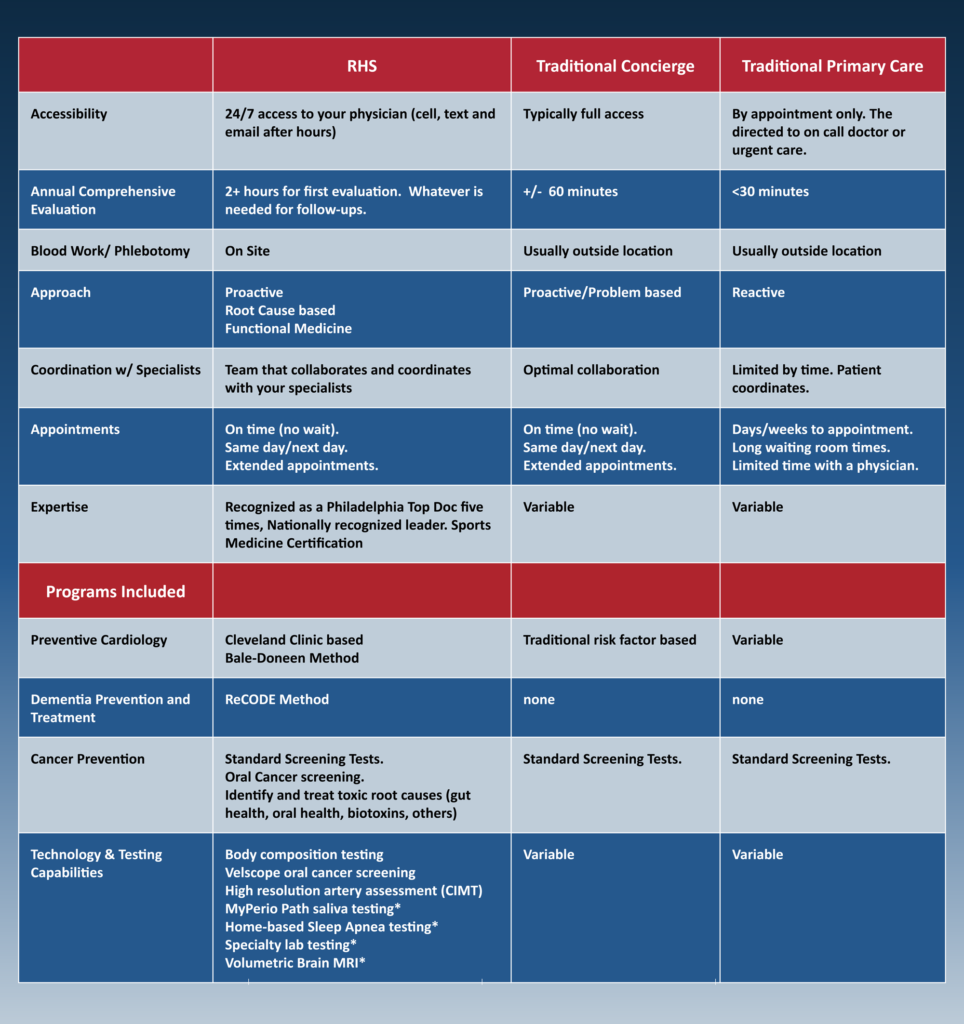

If the infant is born alive, it may suffer from erythroblastosis fatalis.

Antibodies formed with repeated pregnancies may lead to an undeveloped pregnancy or intrauterine death of the fetus with subsequent involuntary abortion. When an Rh-negative woman is pregnant with an Rh-positive fetus, she may become isoimmunized. Treatment of these reactions involves venesection, followed by infusion of Rh-negative blood. A distinctive feature of Rh transfusion reactions is their late manifestation-one or two hours after the transfusion. Severe cases may involve massive hemolysis with renal insufficiency. Thus, if Rh-positive blood is transfused to an Rh-negative recipient who already has an antibody to Rh, such reactions as chills, fever, and short-term pains in the loin may occur. With repeated injection of that antigen, an “antigen-antibody” reaction occurs that produces functional bodily disturbances. When a person is injected parenterally with any agglutinogen of the Rh-Hr system that is absent from his blood, specific antibodies are elaborated. The Rh factor is transmitted by heredity as a dominant character and does not change throughout life ( see HEREDITY).ĭetermination of the Rh-factor and the blood group is obligatory for blood transfusion. Hr agglutinogen is contained in the red blood cells of 83 percent of all human beings.

This system includes three varieties of Rh agglutinogen ( D, C, and E), three varieties of Hr agglutinogen ( c, d, and e), and other less common variants. There are several different antigens in the Rh-factor system, including the Hr group, which together with Rh makes up the total Rh-Hr system. The blood of persons whose red blood cells contain the Rh factor is called Rh-positive. The Rh factor was discovered in 1940 by the Austrian scientists K. (also rhesus factor), an antigen contained in the red blood cells of 85 percent of all persons and in the red blood cells of rhesus monkeys ( Macacus rhesus). But, if the mother's agglutinins pass into the circulation of subsequent fetuses, they may destroy the fetal red blood cells, causing the severe hemolytic disease of newborns known as erythroblastosis fetalis. (The probability of this situation occurring is high if the father is Rh positive.) Some of the infant's blood may enter the maternal circulation, causing the formation of agglutinins against the fetal red blood cells. The same type of immune reaction occurs in the blood of an Rh-negative mother who is carrying an Rh-positive fetus. If the Rh-negative recipient is given additional transfusions of Rh-positive blood, the concentration of anti-Rh agglutinins may become high enough to cause a serious or fatal reaction. Destruction of the cells (hemolysis) eventually results. If Rh-positive blood is transfused into an Rh-negative person, the latter will gradually develop antibodies called anti-Rh agglutinins, that attach to the Rh-positive red blood cells, causing them to agglutinate. Besides the Rh factor, human red blood cells contain a large number of additional antigenic substances that have been classified into many blood group systems (see blood groups) however, the Rh system is the only one, aside from the ABO system, that is of major importance in blood transfusions. It is only when the two blood types are mingled in an Rh-negative individual that the difficulty arises, since the Rh factor acts as an antigen in Rh-negative persons, causing the production of antibodies. Under ordinary circumstances, the presence or lack of the Rh factor has no bearing on life or health. The blood of the remaining 15% lacked the factor and was typed Rh negative. The red blood cells of the 85% (later found to be 85% of the white population and a larger percentage of blacks and Asians) contained the same factor present in rhesus monkey blood such blood was typed Rh positive. When blood from humans was tested with the rabbit serum, the red blood cells of 85% of the humans tested agglutinated (clumped together). Wiener, when they observed that an injection of blood from a rhesus monkey into rabbits caused an antigenic reaction in the serum component of rabbit blood (see immunity). The Rh, or rhesus, factor was discovered in 1940 by K. Rh factor, protein substance present in the red blood cells of most people, capable of inducing intense antigenic reactions.


 0 kommentar(er)
0 kommentar(er)
